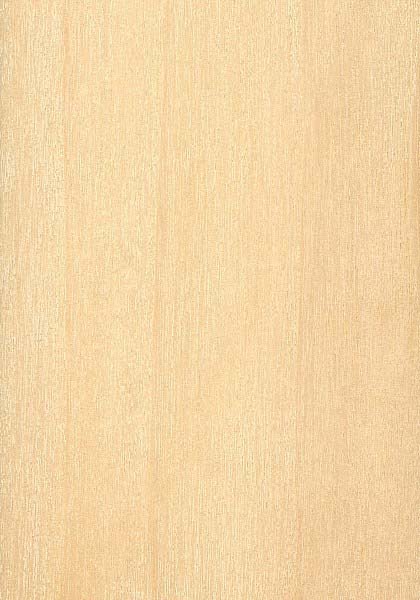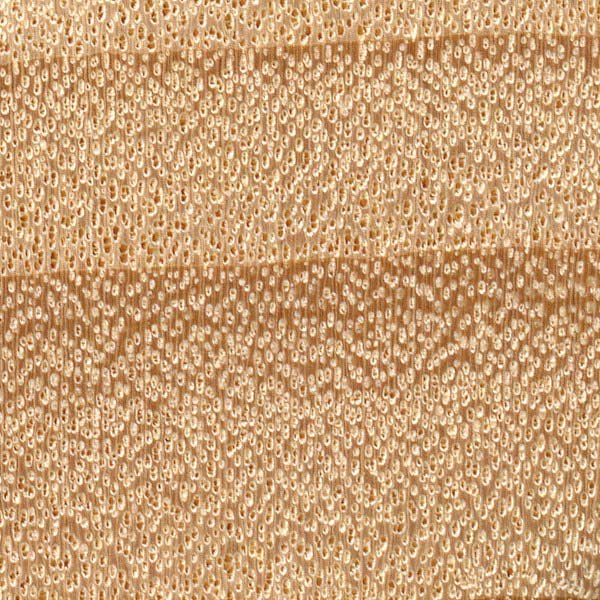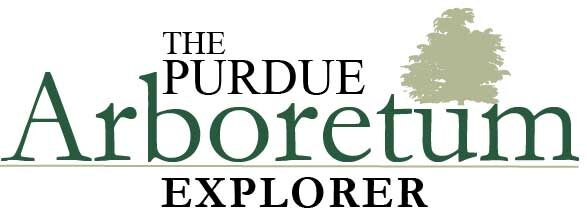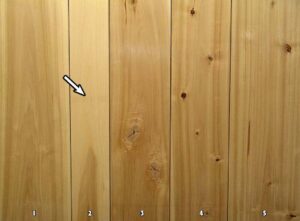Populus deltoides
Summary
Eastern Cottonwood or Populus deltoides, usually has a whitish sapwood with a grayish brown heartwood. This wood is one of the lightest hardwoods, and is strong in comparison to its density. However, this wood is usually not prized for its machining characteristics.
Cottonwood is one of our softest and fast growing species. Most commercial grade lumber production is in the southern Mississippi Delta states, but it also commonly grows in lowland areas of the central states. Board 1 shows a subdued grain pattern, grayish heartwood, and white sapwood. The amount of heartwood can vary substantially, and it is not always easy to separate from the sapwood. Board 2 is mostly white sapwood and has a very light stain from a drying sticker. Board 3 is mostly heartwood with two large knots. Boards 4 and 5 show typical knots and light mineral streaks.
History
The trees are usually 80 to 100 feet tall and 3 to 4 feet in diameter. The largest reported tree is nearly 12 feet in diameter at 4½ feet above the ground.
Color & Texture
The sapwood is whitish and not always distinct from a somewhat darker grayish brown heartwood. As a white, predominantly sapwood species, the wood is easily discolored by oxidation and fungal stain. The pores are small, and the wood has a uniform grain pattern. The wood is odorless when dry, but when wet, it has a characteristic disagreeable odor. The wood is tasteless.
Anatomical and Microscopy

Wood Database

Wood Database
Diffuse-porous; solitary and radial multiples; medium pores in
no specific arrangement, moderately numerous to numerous; parenchyma marginal; narrow rays, spacing fairly close.
Wood Properties
- Workability
- The wood is rated at or near the bottom of the list in regards to planing, shaping, turning, and boring. The wood tends to fuzz.
- Strength
- At 12 percent moisture content, cottonwood weighs 28 pounds per cubic foot, making it one of the lightest commercially available woods. The wood is strong for its weight but not comparable to the dense heavy woods.
- Steam Bending
- The wood does not bend well with steam.
- Drying
- A moderate kiln schedule is used to dry the wood.
- Shrinkage
- The total volumetric shrinkage from green to oven-dry condition is 13.9 percent, which is intermediate when compared to the other hardwoods.
- Decay
- The wood is not resistant to decay.
Products
The positive aspect of cottonwood lumber is its light weight and its ability to be nailed or fastened without splitting. As such, it has been used to manufacture boxes and crates, and sometimes pallets where heavy loading will not occur. It is preferred by at least one major producer of caskets. It can also be used for concealed furniture parts, core stock, or wherever a functional wood species is needed. Where codes permit, the lumber could be used for local construction, particularly sheathing. But it must be kept dry.

